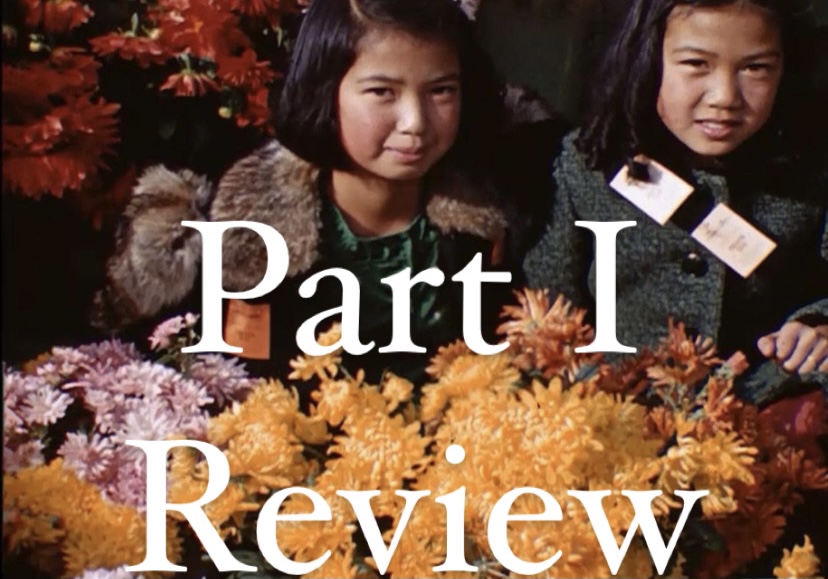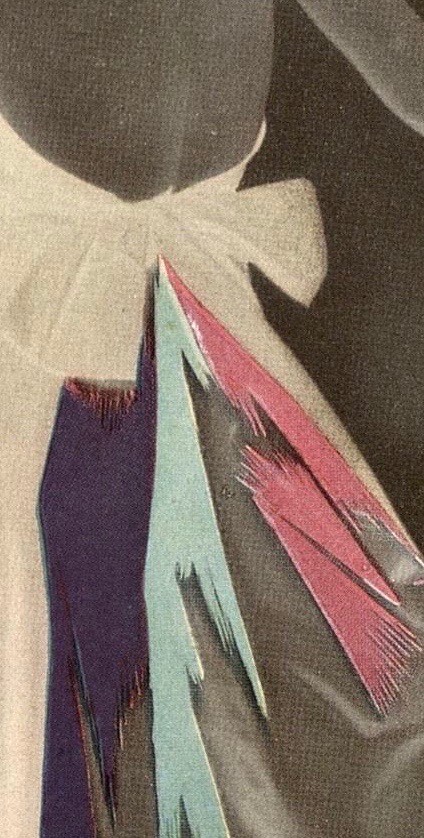
A review
By Simona Mezzina
MA, “Documenting Fashion: Modernity, Films and Image in America and Europe, 1920-1960”, The Courtauld, 2020-21.
It is going to be an exciting week for fashion enthusiasts around the world! The Fashion Interpretations Symposium has officially begun and so also begins our daily recaps here of each night.
Dr. Rebecca Arnold’s discussion on Man Ray’s images for February 1937 issue of Harper’s Bazaar kickstarted the event, emphasising how the artist manipulated the photographic medium to blur the line between photography and illustration, respectively the most recent and the most established forms to represent fashion during the interwar years. Man Ray simultaneously saw himself as the creator of the image but also of the medium through which it would have been received. Using the technique of solarization to achieve a tone reversal effect on the black and white photograph, he would then apply a gouache to certain areas of the image to emphasise the colours. In one of the images presented, the perception of a white dress with a ghostly grey train was contrasted by the bright hues suggested by the applied splashes of colour, reflecting the descriptive text under the picture. Man Ray’s images were, to quote Dr. Arnold, ‘foregrounding the medium, drawing upon the idea of us as embodied viewers’, experiencing the image through the use of both optic and haptic sensations.

Elisa De Wyngaert, fashion curator at MoMu Fashion Museum in Antwerp, followed Dr. Arnold’s presentation, discussing her process when planning a new exhibition. She explained how, for her, the early stages of exhibition planning resemble the feeling of being a teenager decorating her walls: for a brief moment every item seems able to reach, without logistic or conservation challenges, and no budget restriction. What follows is the very slow process of “letting go”, as sometimes pieces are missing, too fragile or too expensive to loan, and the moment when the “wall of dreams” is translated to a more practical excel sheet. Elisa emphasised how the wall collage is an important part of the exhibition history: this is the moment corresponding to the teenage years of the exhibition, which is in the process of developing its identity. The “exhibition of dreams” then grows up into what we audience see. At this point, the exhibition does not belong to the curator anymore, but to everyone. Every person becomes part of the story, in the way they personally experience the exhibition.
Charles Tepperman, Associate Professor of Film Studies at The University of Calgary, concluded the presentation part of the night with “A World Dressed in Kodachrome – Fashion and Amateur Film in the mid-century”. Kodak introduced the Kodachrome film stock in 1935, becoming an amateur favourite for the way it allowed to capture formal and vernacular dress, and use colour almost as a textile in its own right. Kodachrome provided one of the first widely accessible tools to capture colour and created a true “chromatic modernity”. Amateur filmmakers such as Chicago-based Warren Thompson and Matthew Ko dressed the world in colour and motion, and their amateur films can now be considered kinetic records of how people dressed. Through their lenses, the city was transformed into a chromatic composition of streets, fabrics and styles.
As the event came to an end, I was left with a question: what are we attracted by when looking at fashion? Is it the colours it presents? Or the emotions it sparks? Is it its mix of textures, inviting us to touch the garments or imagine how they would feel on our skin? It may well be a combination of these three factors and many others relating to our subjective experience. What is clear to me, however, is that people are central to the shaping of fashion, and that the fashion object can only be fully understood in relation to people’s experience of it.

